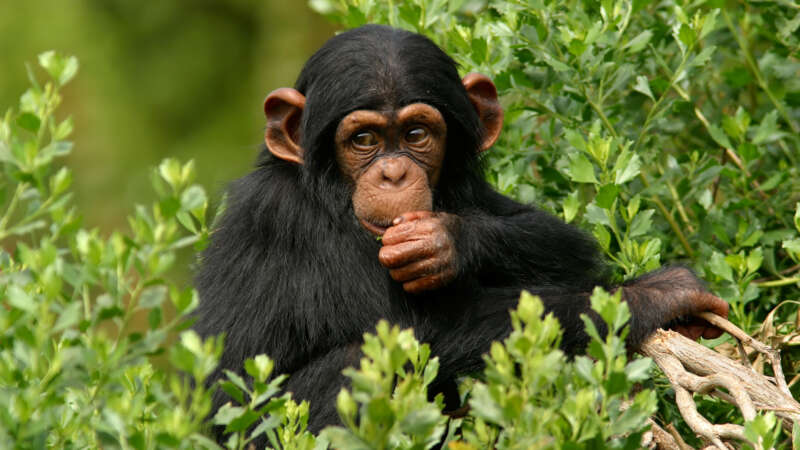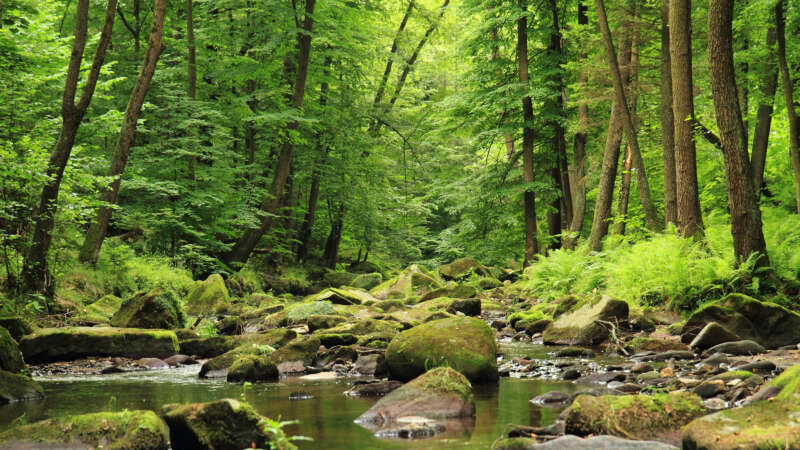forest medicine
Chimpanzees May Self-Medicate With Plants, Using the Forest as a Pharmacy
Chimpanzees may be using the forest like their own personal pharmacy. When they’re sick, the primates appear to seek out and eat plants with antibacterial and anti-inflammatory properties, according to new research.
Observers have long suspected that chimpanzees use plants to self-medicate. Now, a new paper published last week in the journal PLOS ONE offers more evidence in support of this idea.
Researchers followed two groups of wild chimpanzees through Uganda’s Budongo Forest for eight months. They recorded what the animals ate, as well as whether they were sick—which they determined by checking their feces for parasites, testing their urine for elevated levels of immune cells and looking for wounds.
Shrinking Forests, Emerging Diseases
Dona Dora’s man is away from home a lot more these days. It didn’t used to be like that.
He leaves early, sometimes on foot, but increasingly on his bicycle, and heads into the forests surrounding Belém, the capital of Brazil’s Para province. He keeps his eyes open especially for five medicinal plants that are always in demand — sucuúba (Himatanthus sucuuba), copaíba (Copaifera spp.), andiroba (Carapa guianensis), barbatimão (Stryphnodendron spp.) and pãu d’arco (Tabebuia avellanedae).
Fifteen years earlier, he would have found all five within hours and been back for lunch, but times have changed. These days, medicinal forest plants in high demand are becoming harder to find as forests that have stood strong for millennia are cleared to make way for grazing pastures for millions of cattle, agriculture, and development.
Now, Dona Dora’s man can spend a whole day and not find more than a few plants. It might be late at night before he gets back home.
Untold Secrets of Healing Forests
Tens of thousands of unexplored forest plants may hold the key to new therapeutic drugs for curing a planet rocked by pandemics and new diseases.
They called it Project 523 after its start date, 23 May, 1967. Back then, it was classified as a top-secret state mission, blessed by Mao Zedong, Chairman of the Chinese Communist Party. The Vietnam War was in full swing, and China’s ally Ho Chi Minh, the Prime Minister of North Vietnam, was losing large numbers of soldiers to malaria. He petitioned China to help find a cure for it.
About 600 scientists, including military personnel, scientists and practitioners of Western and traditional Chinese medicine, were convened and divided into three teams: one for conducting clinical studies, one for looking into traditional Chinese medicine and the third for developing synthetic compounds. Among their goals was a cure for chloroquine-resistant malaria.


